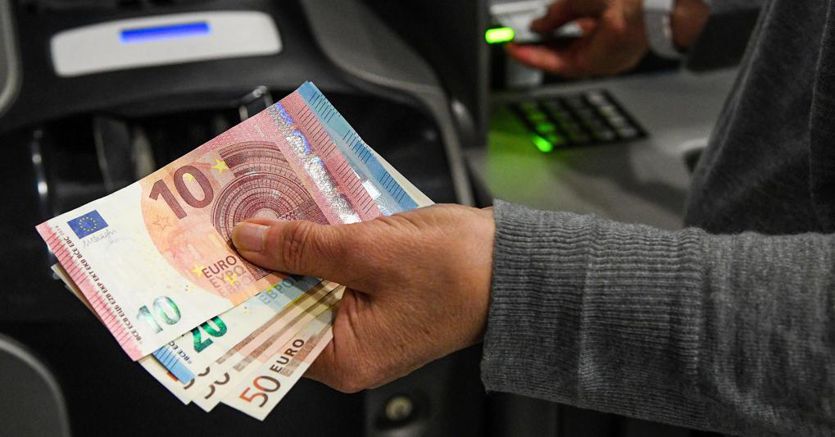Where the greater the use of cash, the greater the unobserved economy is also: among the Italian regions, first of all in Calabria and Campania. In the first, the undeclared economy reaches a peak of about 21% of the economy, corresponding to a value of cash transactions that exceeds 90% of the total, in the second, the unobserved economy is around 20% with a use of cash which in value is close to 80%. The data emerge from the PBO’s elaborations on the Italian sample of the Study on the use of cash by households of the ECB and on the data of the “Report on the unobserved economy and on tax and social security evasion” attached to the Nadef 2019. The graphs demonstrate that the Italian regions where the use of cash is more widespread are precisely those in which the highest levels of VAT evasion are estimated.
Lombardia, FVG and Emilia Romagna more virtuous
Contrary to Calabria and Campania are in fact Lombardia (less than 11% of unobserved economy and a use of cash in value between 55% and 60%), Friuli Venezia Giulia (slightly above 11% of economy not observed and less than 60% use of cash) and Emilia Romagna (about 12% and below 65%).
Wavy legislation
In one of the chapters of the detailed document filed with the House and Senate Budget Committees, the Parliamentary Budget Office then reviews the legislative provisions which, in a not always unequivocal way, have changed the cash threshold. In the last few years, however, a reduction trend has emerged which today the maneuver reverses again by raising the ceiling on transactions from 1,000 to 5,000 euros and introducing the limit of 60 euros under which merchants can refuse to accept payments with the POS without incurring sanctions.
The effectiveness of the cash ceiling in terms of anti-evasion
“They are therefore modified, in a less restrictive sense, mechanisms that generally support and provide assistance to the tools to combat tax evasion (split payment, electronic invoicing, electronic sending of receipts) and money laundering”, highlights the Accounting Authority public. A relatively limited ceiling on cash, the Upb points out, “generally forms part of a broader anti-evasion and anti-money laundering strategy, contributing to more effective tax monitoring and the laundering of money of illicit origin and, consequently, through this, to a greater coordination, on these issues, with the other European authorities in the sector”.
Supporting studies
The Upb document then cites the economic literature, “almost in agreement in maintaining that the increase in cash payments could lead to an increase in tax evasion”. A 2022 study (Giammatteo and others) shows that the increase in the cash ceiling launched with the 2016 maneuver – from 1,000 to 3,000 euros – had the side effect of making the underground economy grow. At the same time, another analysis this year (Russo) concludes instead that the reduction adopted at the end of 2011 – from 5,000 to 1,000 euros – has helped to bring down tax evasion, especially in sectors where the propensity to evade is highest.
